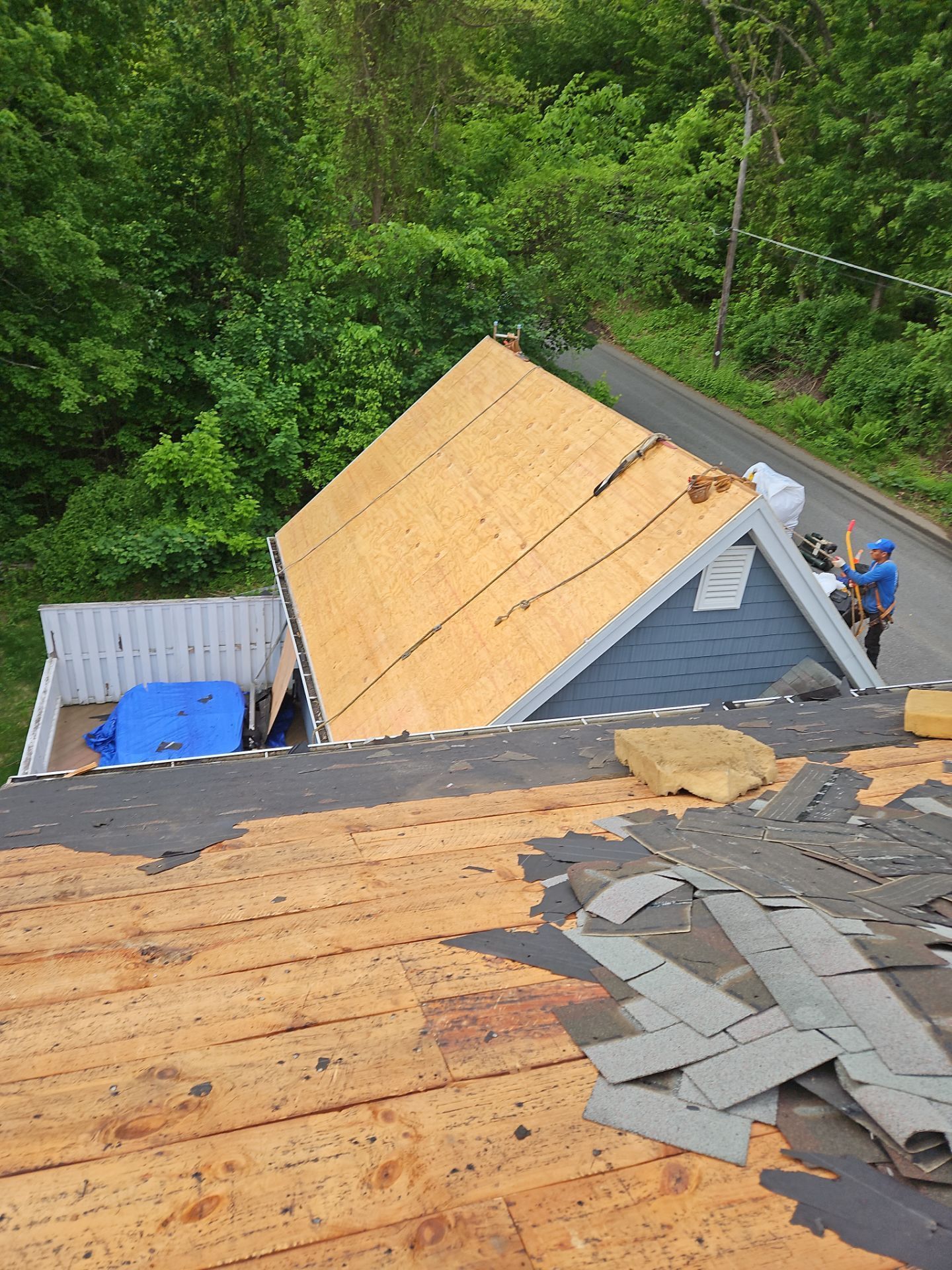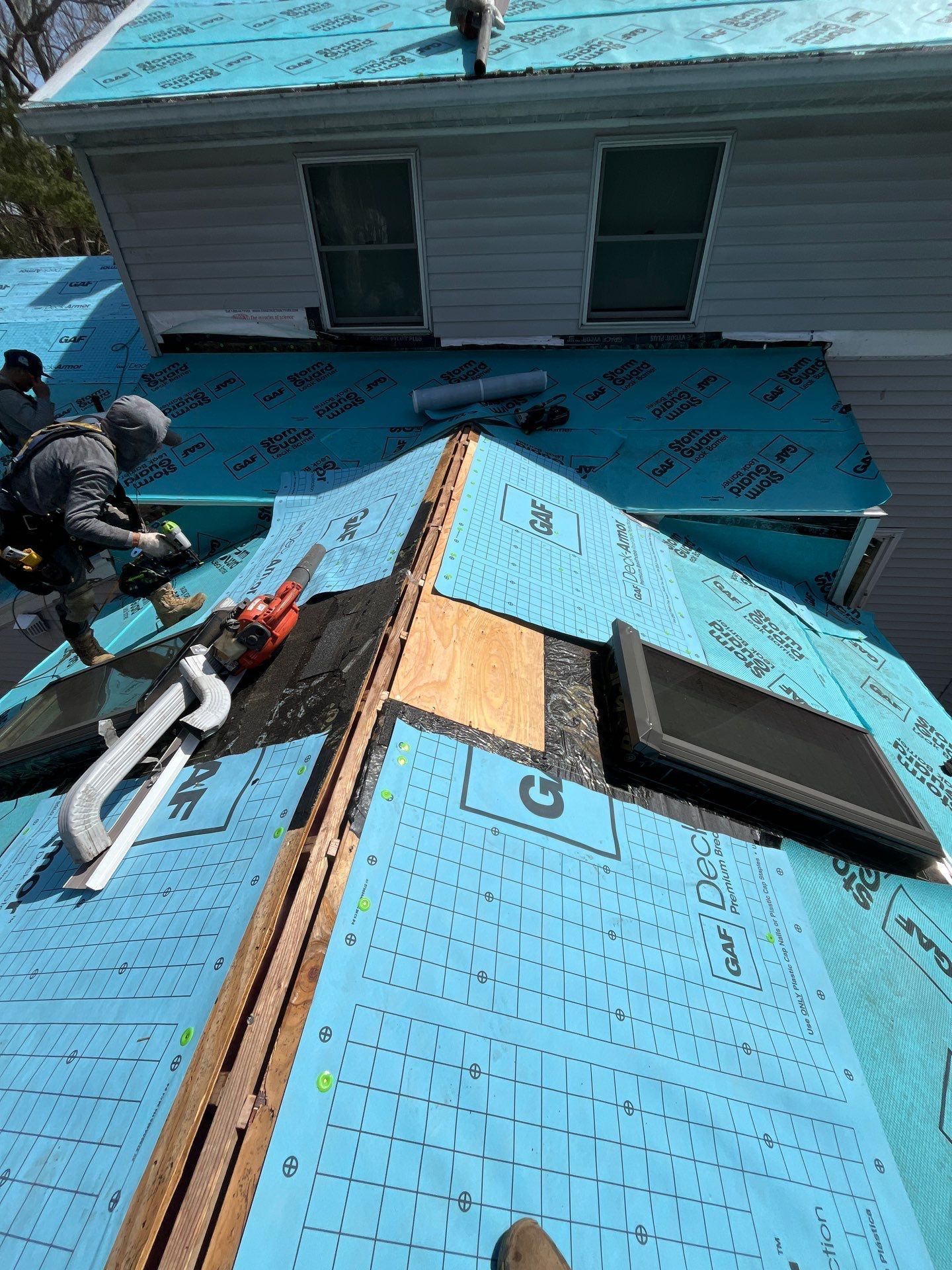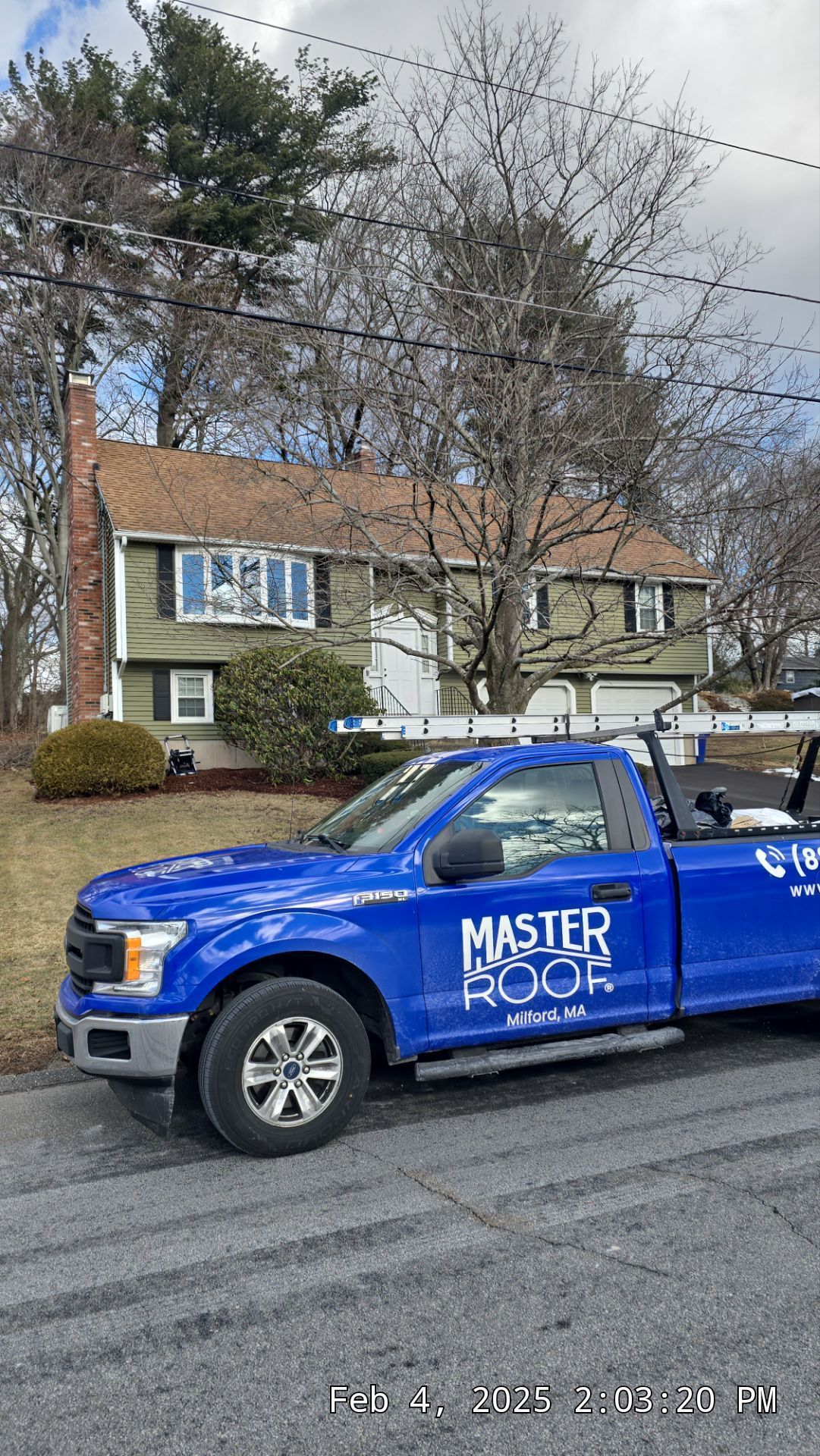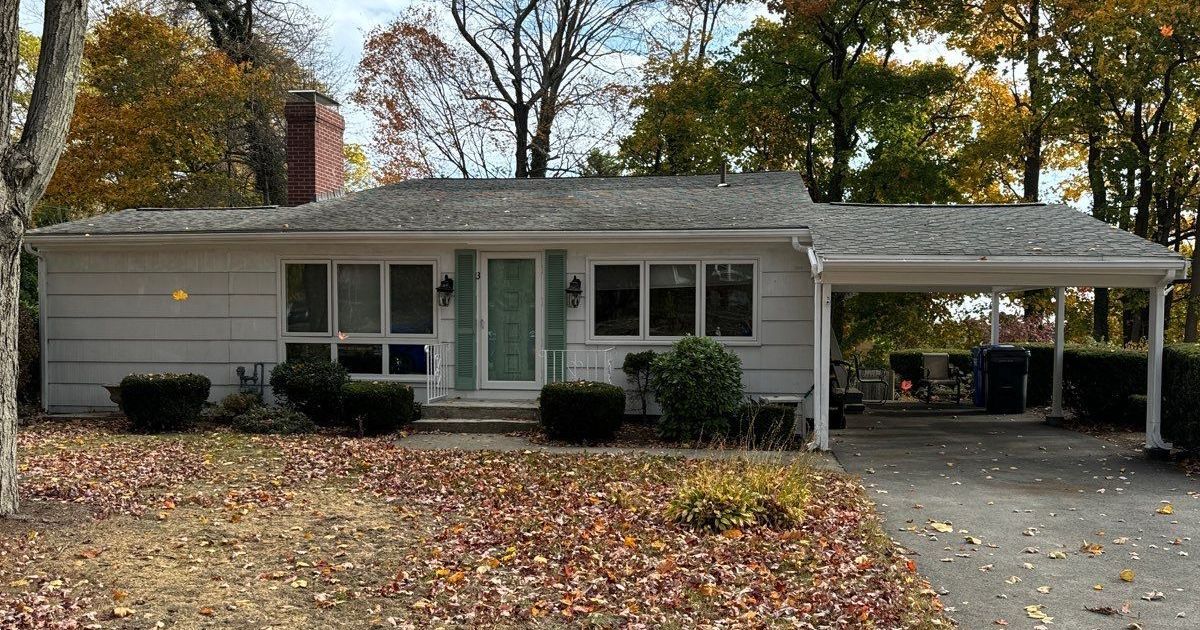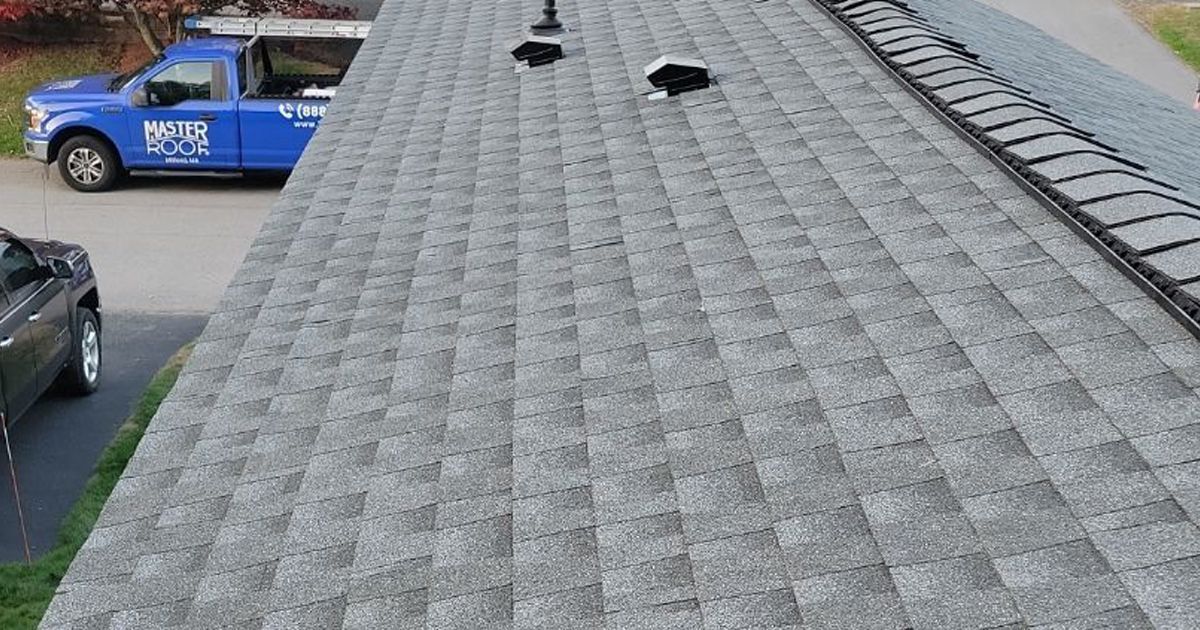The Role of Underlayment in Roof Installation and Repair
Have you ever noticed a small drip from your ceiling during a rainstorm and wondered if it could lead to bigger issues? The answer is yes. A leaky roof can indeed foster mold growth, posing risks to your home and health. In this post, we'll break down the causes, signs, prevention tips, and solutions to help you stay ahead of the problem.
- A leaky roof can create ideal conditions for mold growth by allowing water infiltration, leading to health risks, structural damage, and costly repairs.
- Common causes include damaged shingles, poor ventilation, clogged gutters, ice dams, and neglected minor issues.
- Watch for signs like water stains, musty odors, visible mold, or unexplained health symptoms.
- Prevention involves regular inspections, proper ventilation, clear gutters, prompt repairs, and attic monitoring.
- If mold appears, address small areas yourself but call professionals for larger infestations, and always fix the leak source.
- Master Roof offers expert inspections, repairs, and replacements to protect Milford, MA homes from leaks and mold.
A leaky roof is more than a minor inconvenience, it can lead to serious issues like mold growth, which threatens your home’s structure and your family’s health. At Master Roof, we’ve seen how unchecked roof leaks can create the perfect conditions for mold to thrive in Massachusetts homes. Understanding the risks and taking action can save you from costly repairs and health concerns.
What Is Roof Underlayment?
Roof underlayment is a water-resistant or waterproof material installed directly onto the roof deck before the outer roofing materials are applied. It serves as a secondary layer of protection against harsh weather conditions, including rain, wind, snow, and extreme temperatures. Beyond weatherproofing, underlayment provides insulation, ensures a smooth surface for shingle application, and helps meet local building codes and manufacturer warranty requirements.
Watch our video of Wilson Valdez explaining underlayment.
Key Benefits of Roof Underlayment
- Protection Against Water Infiltration
Underlayment prevents water from penetrating the roof deck, safeguarding the structure from leaks and moisture damage. It directs water away, preserving the integrity of your roof. - Ice Dam Protection in Cold Climates
In colder regions, underlayment acts as a barrier against ice dams—ice ridges that form when snow melts and refreezes, potentially causing water to seep into the roof. - Enhanced Energy Efficiency
By adding an extra layer of insulation, underlayment helps regulate indoor temperatures, reducing heat loss in winter and heat gain in summer, which can lower energy bills. - Preservation of Decking Materials
Underlayment protects the roof deck from resins that may leach from certain wood types when exposed to heat, maintaining the roof’s structural and aesthetic integrity. - Secondary Defense Against Storms
In extreme weather, underlayment provides backup protection if shingles are damaged or blown off, ensuring your home remains shielded from the elements.
What Are the Types of Roof Underlayment?
There are three primary types of underlayment, each with unique properties:
- Felt Underlayment (Tar Paper): Made from organic or fiberglass substrates saturated with asphalt, this is a cost-effective, traditional option offering reliable water resistance.
- Rubberized Asphalt Underlayment: Composed of asphalt and rubber polymers, this type provides superior waterproofing and flexibility, sealing tightly around nails.
- Non-Bitumen Synthetic Underlayment: Made from polypropylene or polyester, this lightweight, durable option resists UV radiation, fungal growth, and tearing, making it ideal for sunny or humid climates.
At Master Roof, we specialize in using high quaily GAF roofing products. GAF produces different types of underlayment, taylored for use in specific areas of the home.
- Ice & Water Shield (StormGuard) - This self-sealing membrane is required by code in cold climates. It’s applied to eaves, valleys, dormers, and chimneys to protect against ice dams and wind-driven rain.
- Synthetic Underlayment (Tiger Paw or Deck Armor) - Covers the rest of the deck. It’s durable, breathable, and adds an extra layer of moisture protection under the shingles.
How Do I Choose the Right Underlayment
Selecting the appropriate underlayment depends on several factors:
- Climate: Heavy rain or snow requires robust waterproofing, while hot climates need UV-resistant materials.
- Roofing Material: Asphalt shingles pair well with felt underlayment, while metal roofs may benefit from synthetic options.
- Roof Slope: Low-slope roofs need high-performance underlayment to prevent water pooling, while steep roofs can use standard options.
- Local Building Codes: Compliance with regional regulations ensures safety and warranty validity.
- Budget: Weigh initial costs against long-term durability and performance to ensure cost-effectiveness and value over the roof's lifespan.
Proper Installation of Underlayment
Follow this process for correct installation in order to maximize underlayment performance.
- Cleaning the roof deck to remove debris.
- Rolling out the underlayment horizontally, starting at the eaves and overlapping each layer by at least 2 inches.
- Securing it with plastic staples or nail caps every 18 inches.
Common underlayment installation mistakes to avoid:
- Inadequate fastening, leading to loose underlayment.
- Using regular staples or nails (making thousands of holes).
- Installing in extreme heat (causing sticking) or cold (causing brittleness).
- Overstretching, which can cause tearing.
Maintaining and Replacing Underlayment
Regular maintenance extends the life of your underlayment. Inspect your roof after severe weather for signs of damage, such as leaks, tears, or missing shingles. Minor issues can be patched with roofing cement, but watch for these signs that replacement is needed:
- Visible leaks or dampness in the attic.
- Curling, buckling, or missing shingles.
- Daylight visible through roof boards or sagging areas.
Replacement involves removing old roofing materials, cleaning and inspecting the deck, and installing new underlayment. Depending on material quality and climate, underlayment typically lasts 20–50 years with proper care.
Why Underlayment Matters
Underlayment is the unsung hero of your roofing system, providing essential protection, insulation, and compliance with building standards. At MasterRoof, we prioritize high-quality underlayment to ensure your roof withstands the elements and performs optimally for years.
For expert roof installation and underlayment solutions, trust MasterRoof. Contact us today!
